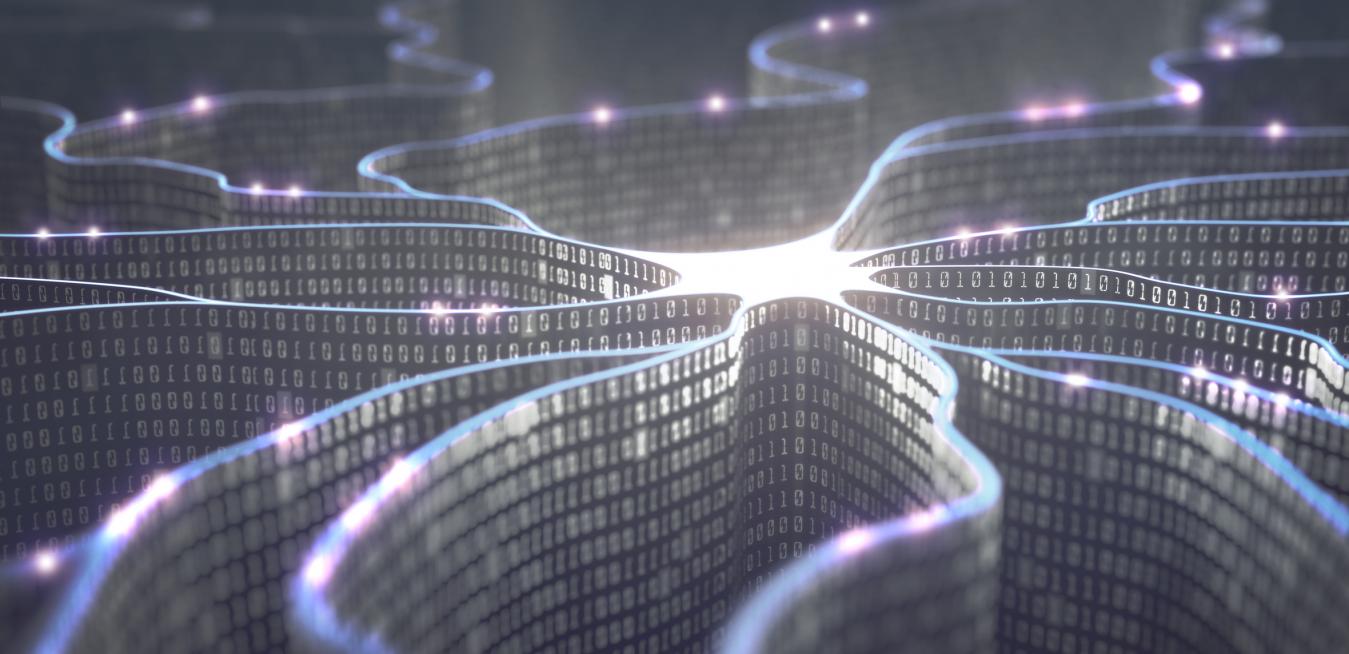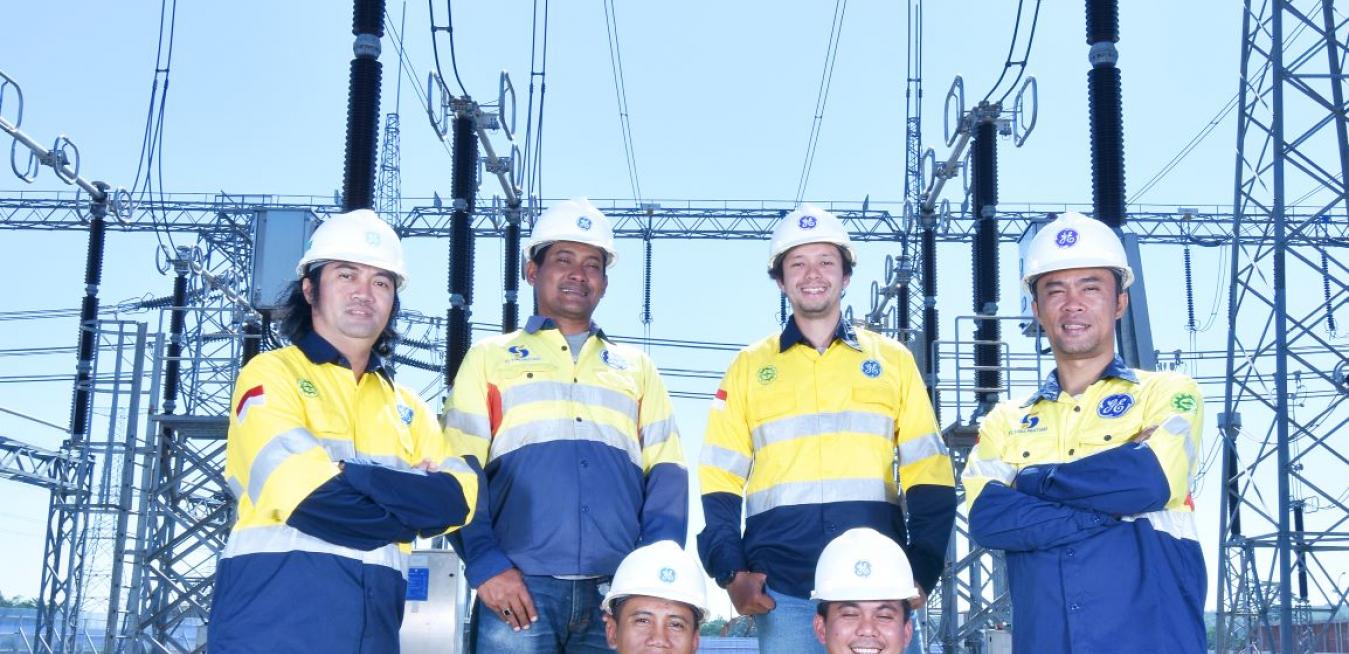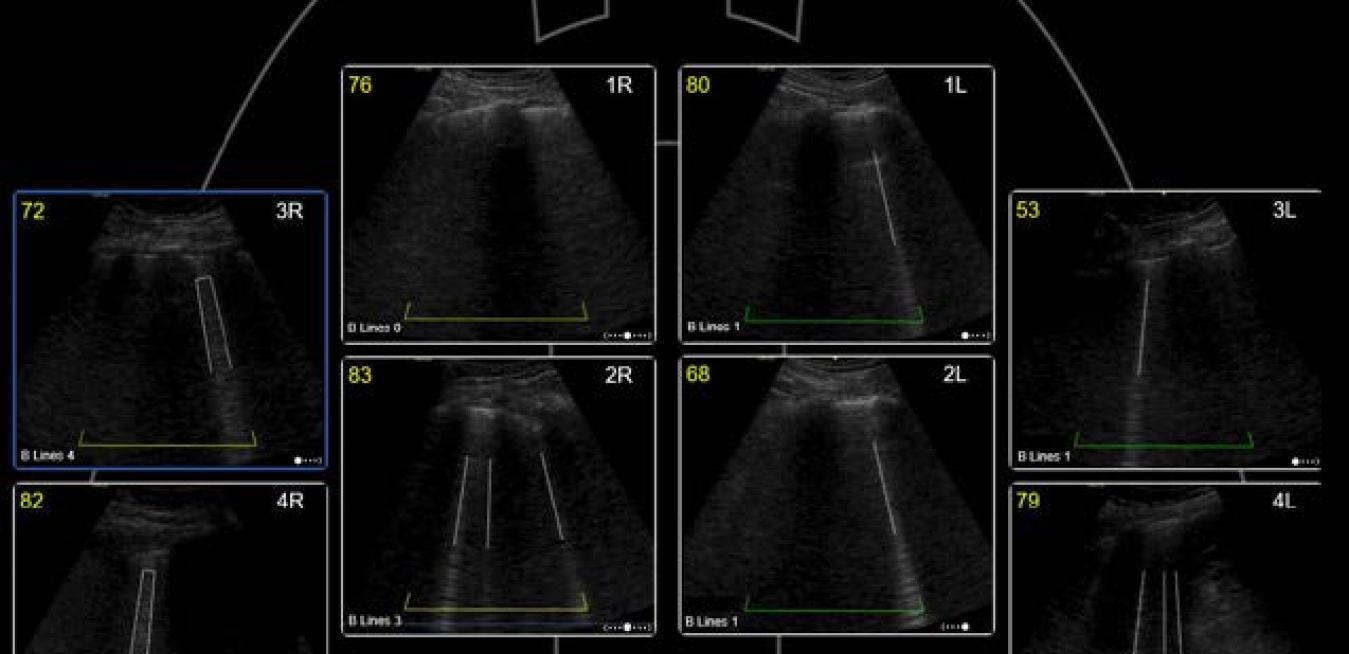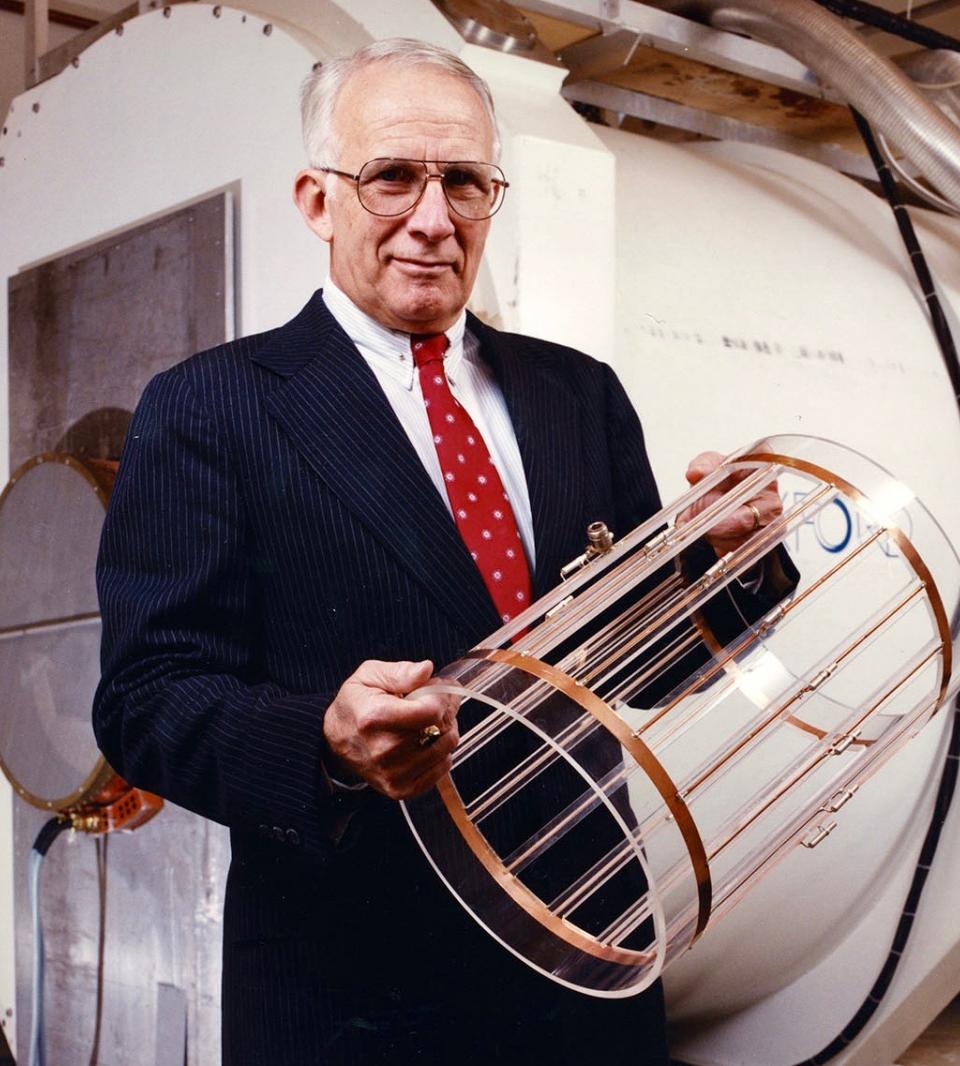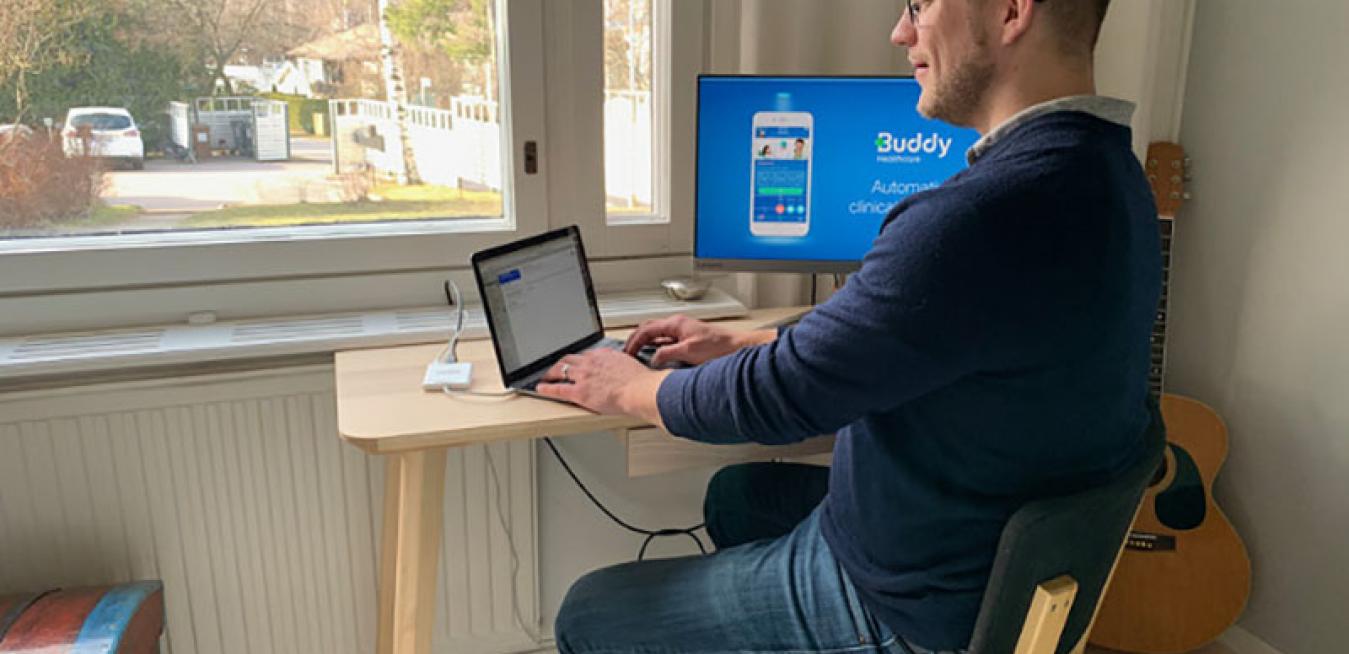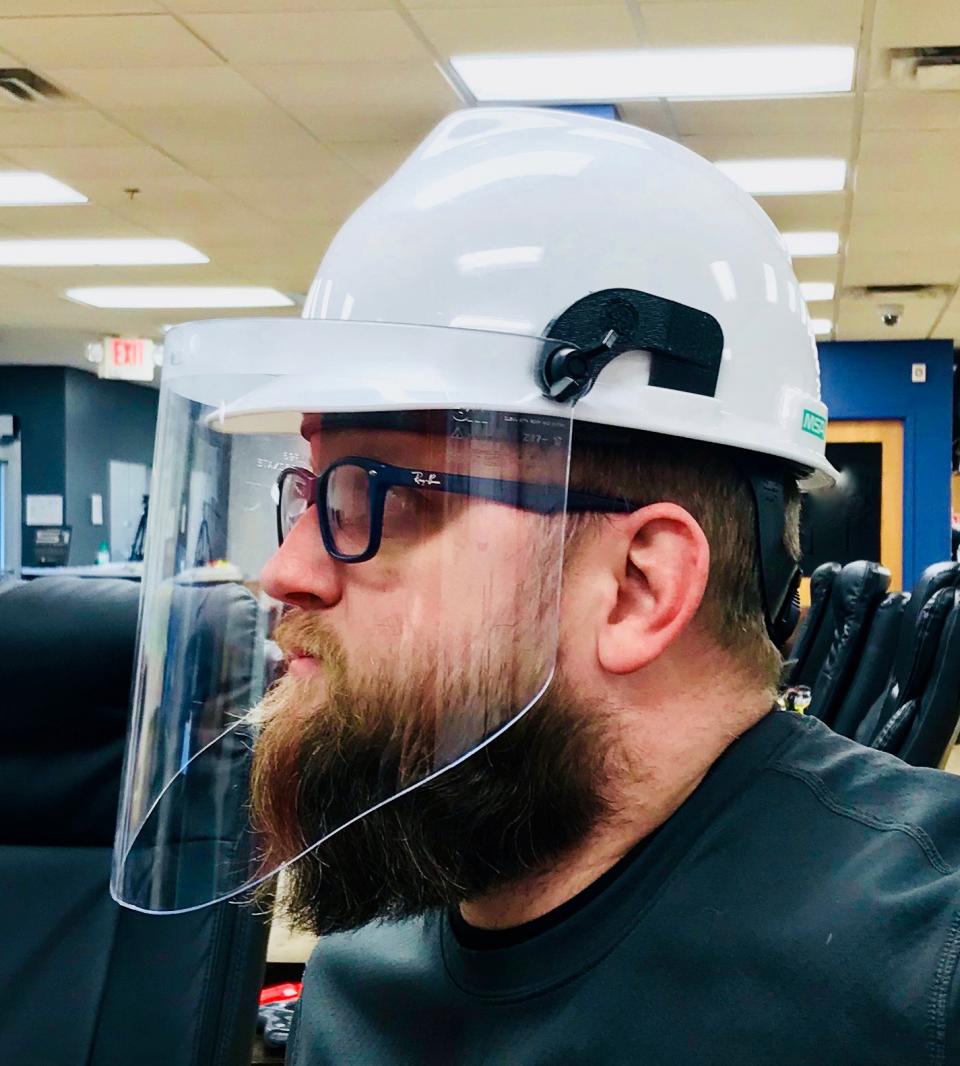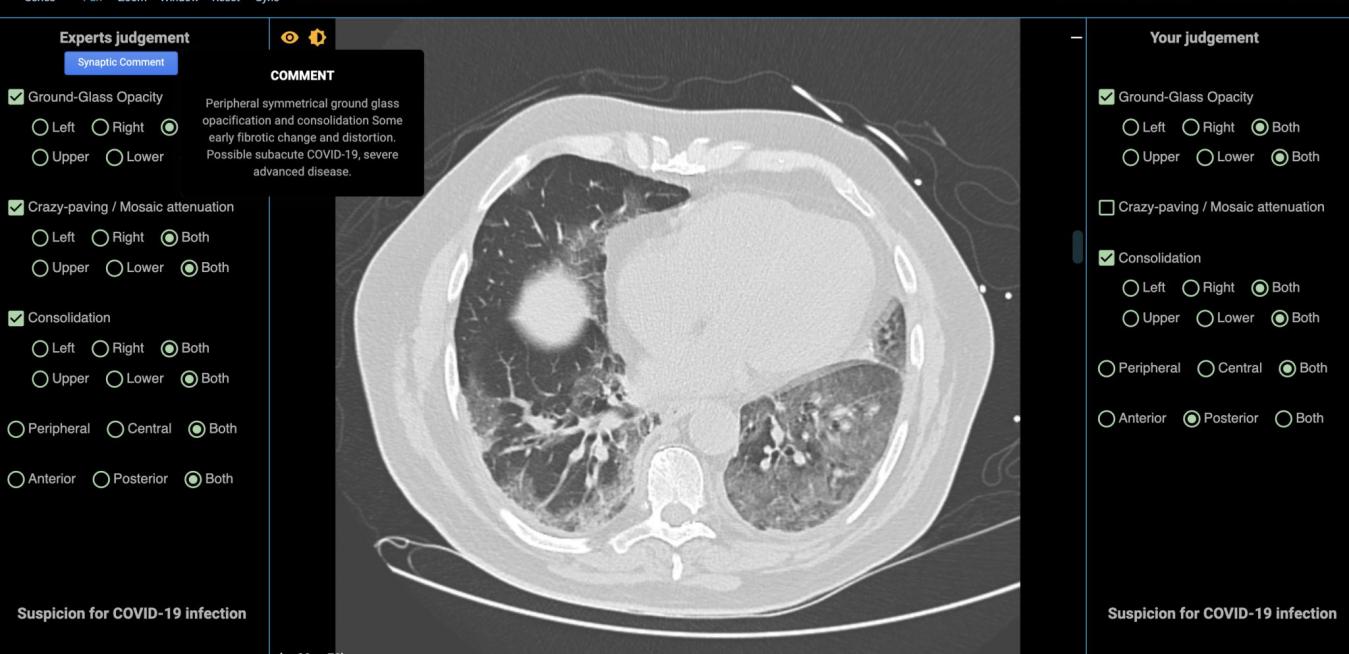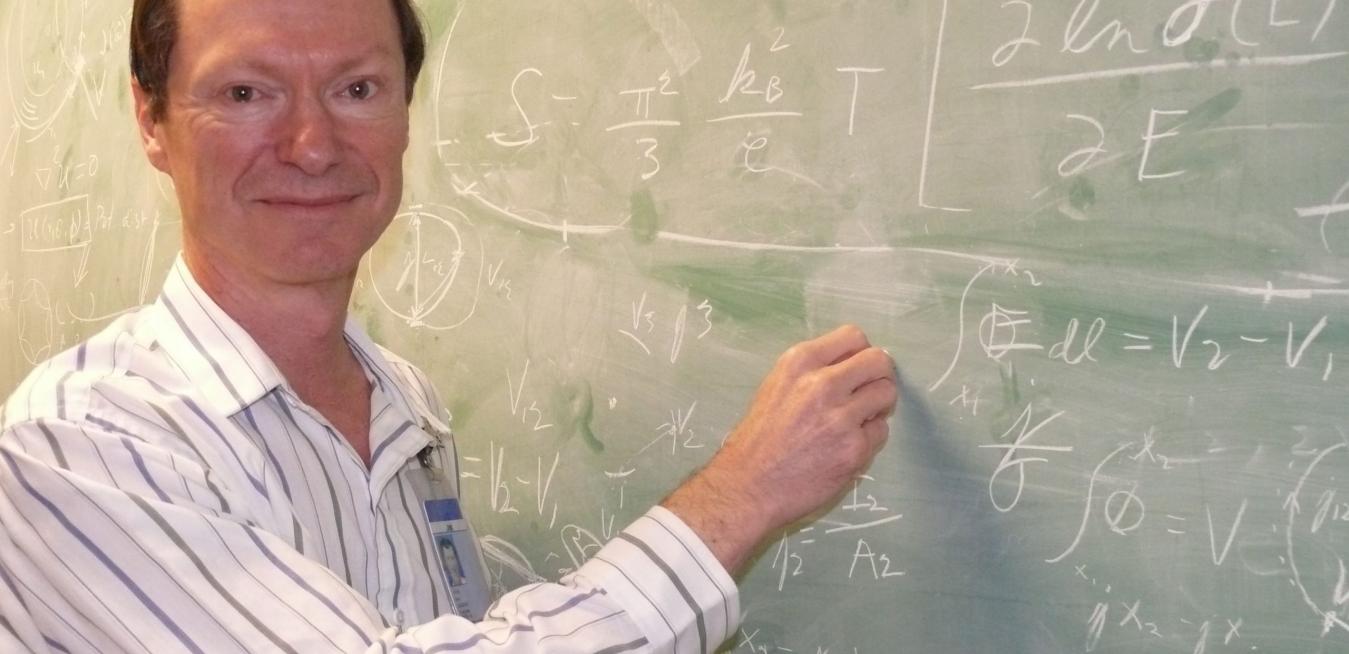While the world awaits a treatment or a vaccine for COVID-19, the disease caused by the novel coronavirus, it is operating in damage-limitation mode, commonly known as “flattening the curve.” That mode involves protective measures such as social distancing and stay-at-home orders. The approach can help governments maximize the availability of precious healthcare resources including intensive care beds and ventilators, and save lives.
Jaringan listrik Jawa-Bali merupakan tulang punggung pasokan listrik Indonesia, menyediakan daya bagi lebih dari setengah penduduk Indonesia. Jaringan ini menghubungkan sejumlah pusat penduduk yang padat dan fasilitas produksi daya di Jawa hingga ke empat juta penduduk Bali. Itulah sebabnya infrastruktur jaringan modern pada jaringan Jawa-Bali sangat penting untuk menjamin pasokan listrik yang berkelanjutan bagi masyarakat Indonesia.
The Java-Bali grid is the backbone of Indonesia’s electricity supply, providing power to more than half the nation’s citizens. It connects the major population centres and power production facilities of Java right through to the four million citizens of Bali. That’s why modern grid infrastructure in the Java-Bali grid is so essential to ensure sustainable electricity supply to the people of Indonesia.
Tomás Villén is on a war footing. His hospital, Universitario Ramón y Cajal in the northern corner of Madrid, has been the epicenter of Spain’s battle against COVID-19, the disease caused by the new coronavirus.
There are skilled engineers, and there are able business leaders. Walter Robb was the rare mixture of both.
A month ago, Jussi Määttä didn’t think he would be part of the fight against COVID-19, the disease caused by the novel coronavirus. His Helsinki-based company, Buddy Healthcare, makes an app that helps hospitals ensure that patients are taking the necessary steps — like fasting, avoiding blood thinners and doing stretching — before and after surgery.
Sporting and political pundits often argue that attack is the best form of defense but when it comes to the new coronavirus and COVID-19, the disease it causes, the opposite may be true, at least for now. The healthcare workers who are fighting a 24/7 battle against the pandemic desperately need personal protective equipment (PPE) such as gowns, gloves, goggles and masks to shield themselves against the germ.
As the COVID-19 virus makes its way around the world, its impact on businesses and employees is multi-fold. While local governments and policymakers implement measures across countries around the world to contain the virus and mitigate its effects, keeping spirits high and remaining positive is even more vital than ever before.
CT scans are one of the most valuable tools to rapidly and accurately diagnose COVID-19 infection and help triage patients for treatment. But because the virus is new, few specialist radiologists have experience in identifying early signs of COVID-19 on CT scans. Equally important as the pandemic escalates globally, a wider set of medical professionals may be called on to interpret CT scans.
It was summer 2018, and Stephen Bush was starting to worry. Months of research were about to go down the drain if he couldn’t convince a room of his colleagues that quantum mechanics was the future of cryptography.
